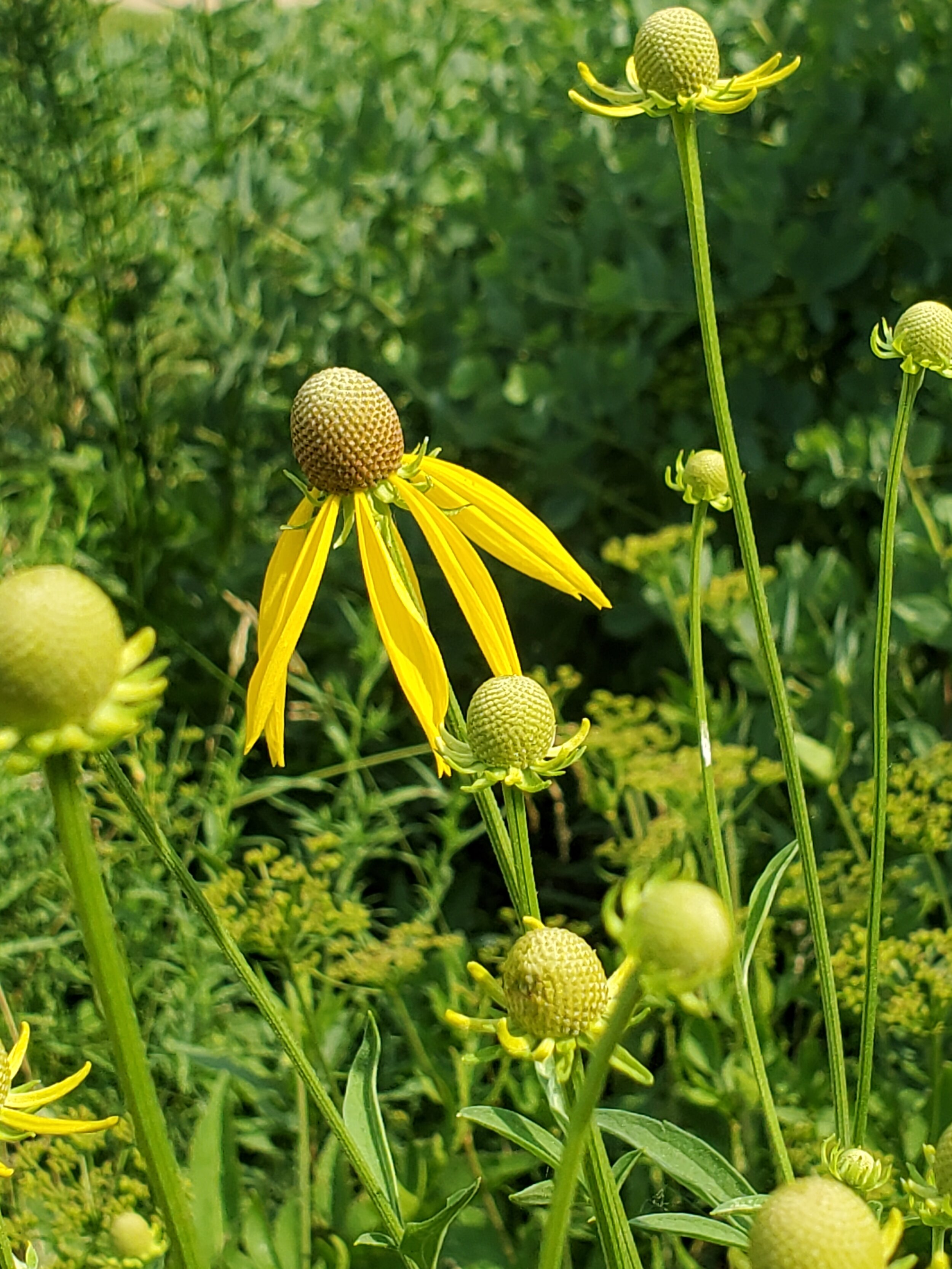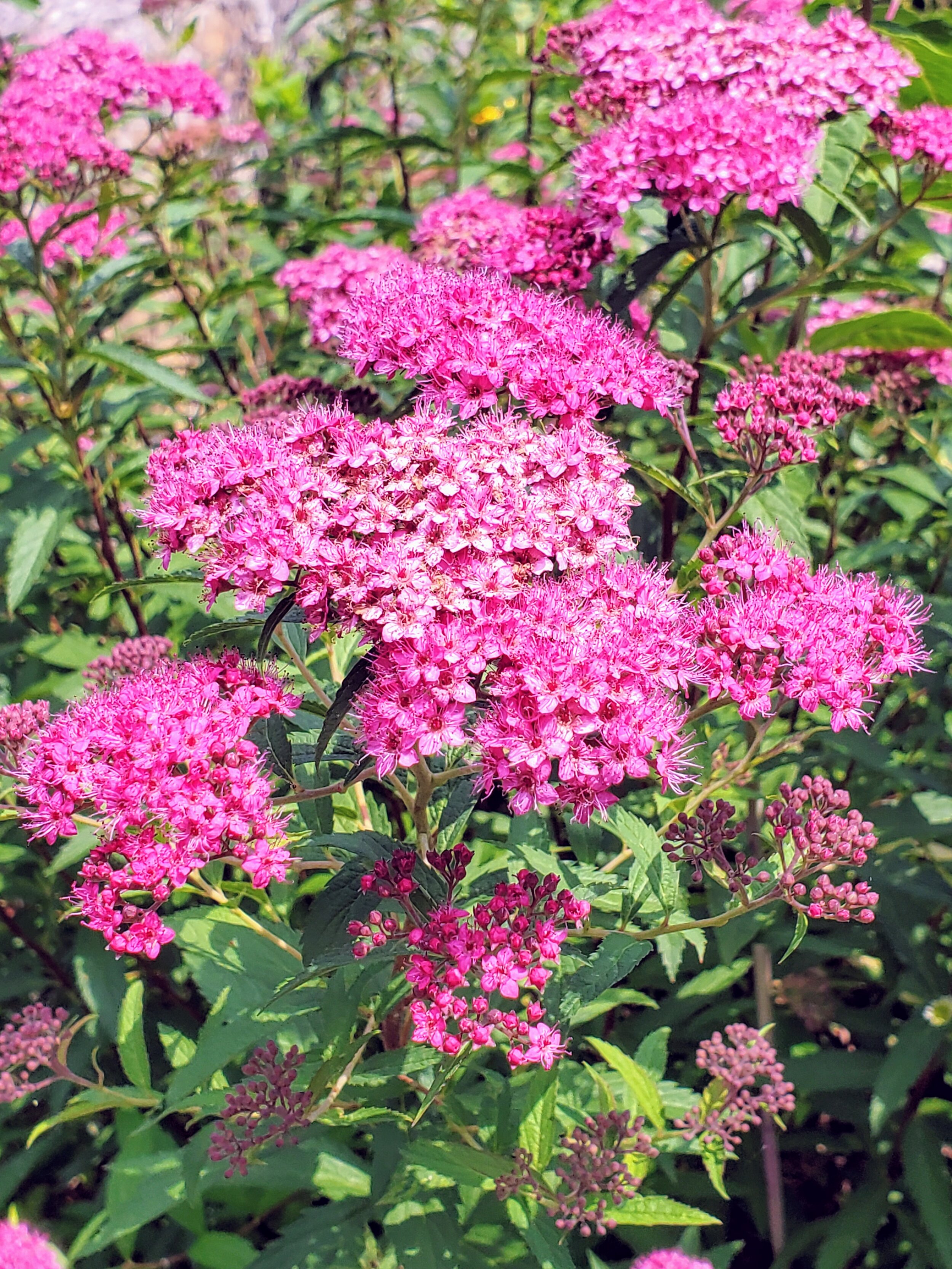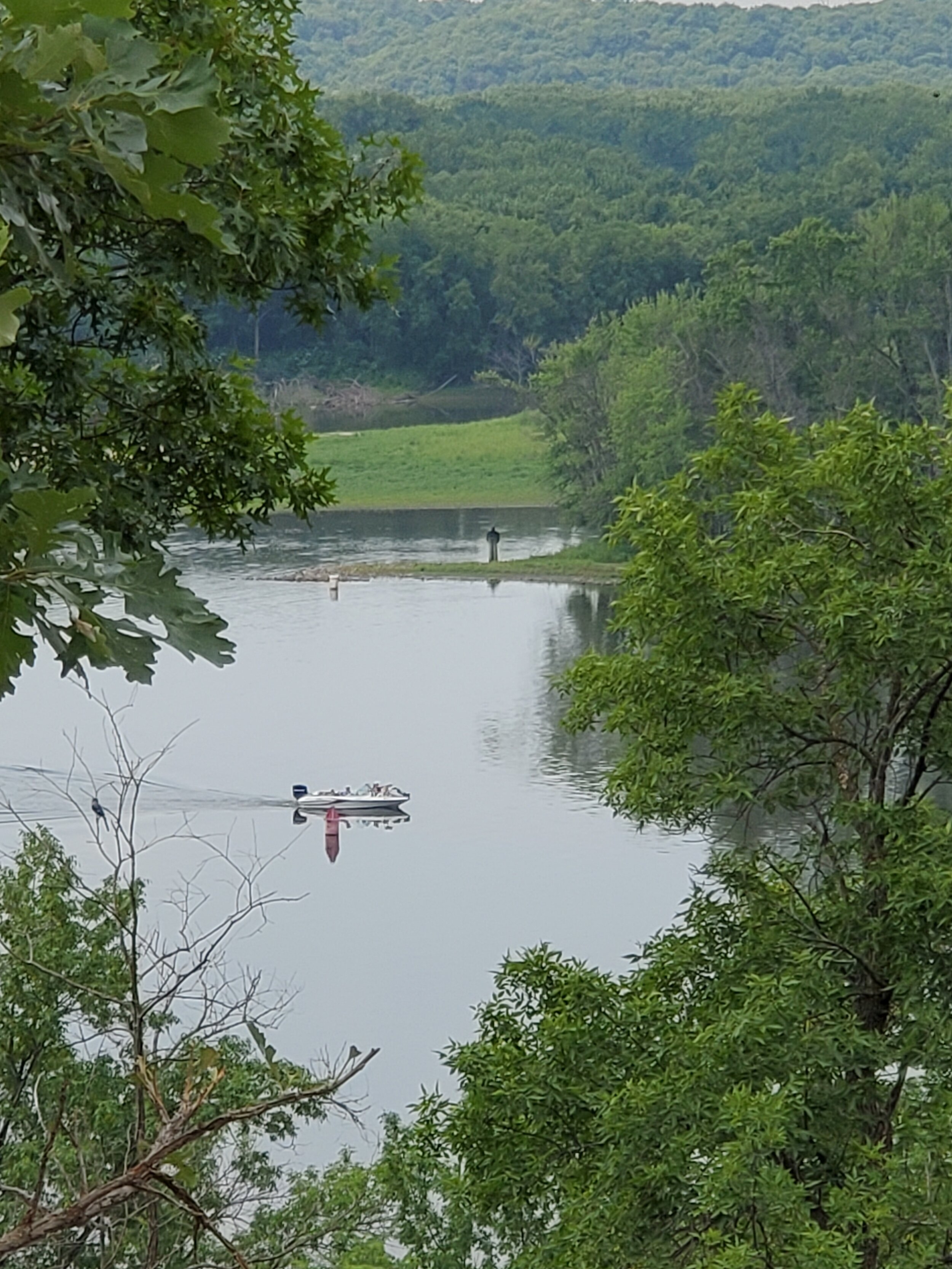Outdoor Vacation Adventures
by Kimberley Thompson, Tastemaker in Residence
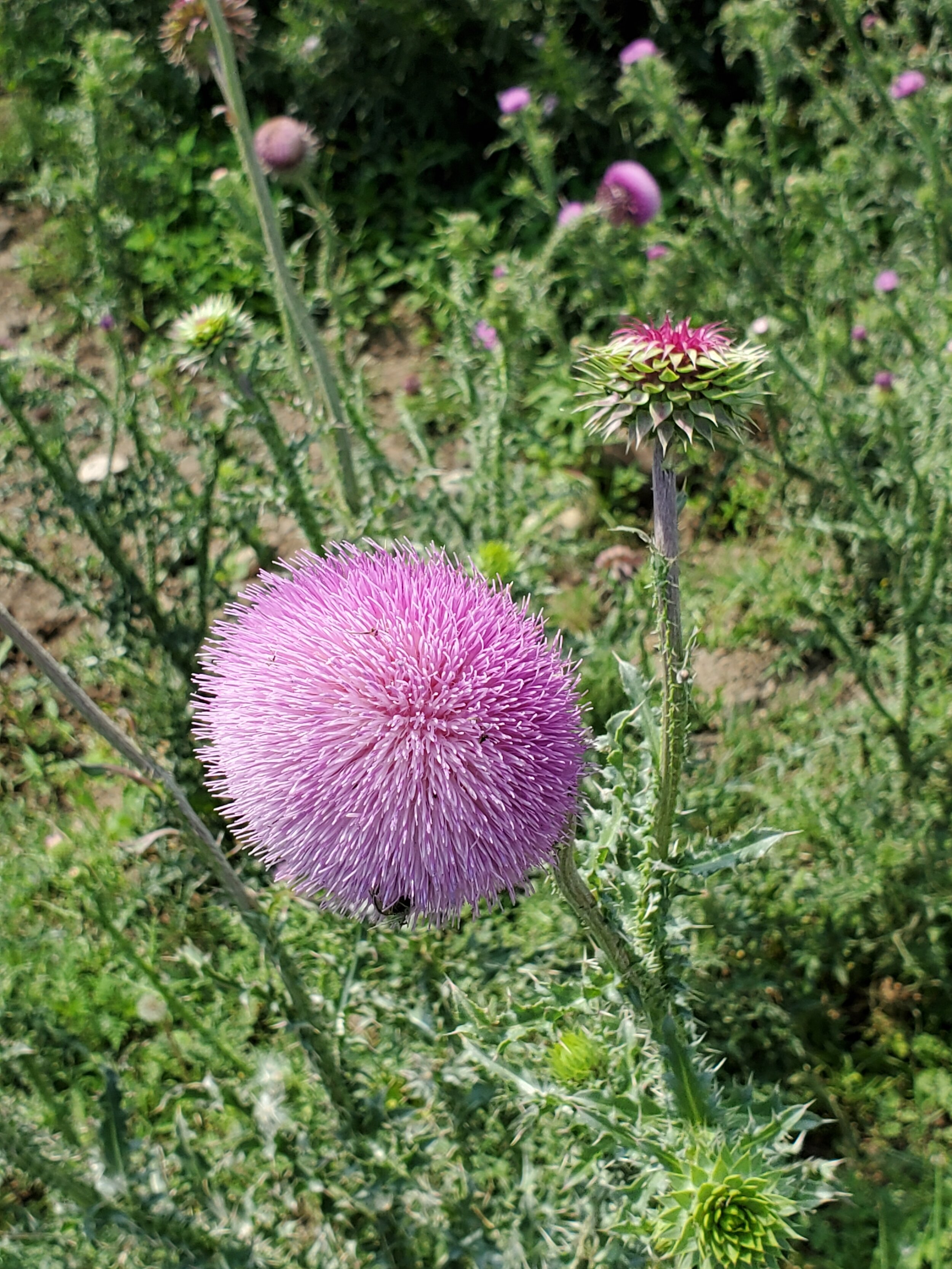
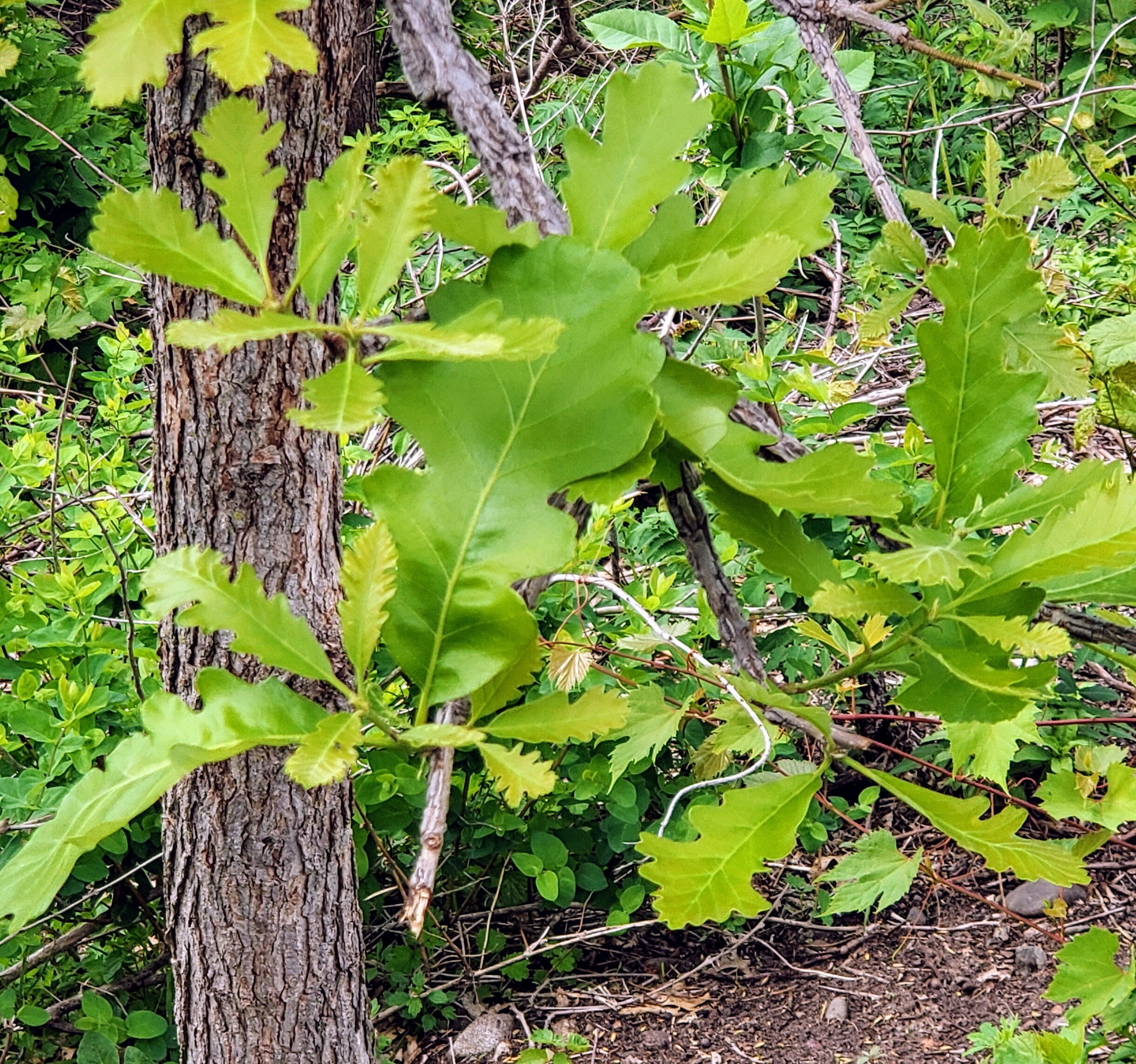
Officially, I am on vacation as of this morning. Yup. A honest to God 7 days of not going to work, not racing out of the house at 8:30am praying there is no traffic, and 7 days of not caring if I wear the same thing 2 days in a row! Woot!
Where am I headed? Good question.
The original thought was to take each day as it comes...with a few 3 hour windows of "must do" work around my house. The plan is no plan...being free to go where I want and when I want. Spontaneity! That's me, free spirit Thompson in her red Jeep powering down a random blue highway!
Reality...guess I am still a bit leery after our last 15 months with Covid, riots and stinking hot weather everywhere! (Have I ever said how much I HATE hot and humid weather. It could be a whole column! Or two!)
My yard was looking mighty fine for a vacation...heck, I could trim the grass with manicure scissors! I could make petit fours out of carrot cake and black oiler sunflower seeds for the squirrels.
My mind was unsettled; staying home did not seem like a vacation, not remotely restful.
So last night, I was cruising the web searching for something that would answer my question of "What to do!" I ran across the following article when I was idly surfing the web. It is adapted from the book The Comfort Crisis: Embrace Discomfort to Reclaim Your Wild, Happy, Healthy Self, by Michael Easter. Copyright © 2021 by Michael Easter.
The book ponders the question of how much time we need outdoors to have a happy and healthy relationship with the rest of our lives. Hmmm. There seemed to be something in the article that resonated with unsettled thoughts I was having about what to do on vacation.
Maybe it is not about museums, shows, flights or shopping. Maybe it is about what Michael Easter calls the 20-5-3 Rule and soft fascination.
"Fascination experienced in nature is referred to as soft fascination (Kaplan & Kaplan, 1989). This is in contrast to hard fascination ‘e.g.,’ sporting events, watching TV, etc that demand full attention, not allowing for other thinking, including reflection.” — “Dr. Mark A. Ellison June 11, 2011.”
The following article is an abbreviated excerpt from Michael Easter's book in the June 2010 issue of Men's Health with the title "The 20-5-3 Nature Cure.”
The '20-5-3' Rule Prescribes How Much Time to Spend Outside
Americans today spend 92 percent of their time indoors, and their physical and mental health are suffering. Use this three-number formula to make yourself stronger and happier.
"My mind felt more like it belonged to a monk after a month at a meditation retreat. I just felt . . . better," writes author Michael Easter returning from a vacation to Alaska. The biologist E. O. Wilson put what he was feeling this way: “Nature holds the key to our aesthetic, intellectual, cognitive, and even spiritual satisfaction.”
When Michael returned from the wild, his Zen-like buzz hung around for months. To understand what was happening, he met with Rachel Hopman, Ph.D., a neuroscientist at Northeastern University. She told him about the nature pyramid. Think of it like the food pyramid, except that instead of recommending you eat this many servings of vegetables and this many of meat, it recommends the amount of time you should spend in nature to reduce stress and be healthier. Learn and live by the 20-5-3 rule.
20 Minutes
Hopman led a new study that concluded that something as painless as a 20-minute stroll through a city botanical garden can boost cognition and memory as well as improve feelings of well-being. “But,” she said, “we found that people who used their cell phone on the walk saw none of those benefits.”
Other research discovered that 20 minutes outside three times a week is the dose of nature that had the greatest effect on reducing an urban dweller’s levels of the stress hormone cortisol.
In nature, our brains enter a mode called “soft fascination.” Hopman described it as a mindfulness-like state that restores and builds the resources your need to think, create, process information, and execute tasks. It’s mindfulness without the meditation. A short daily nature walk—or even a walk down a tree-lined street—is a great option for people who aren’t keen on sitting and focusing on their breath. But turn off your phone—alerts from it can kick you out of soft-fascination mode.
5 Hours
The minimum length of time each month you should spend in semi-wild nature, like a forested state park. “Spending more time in wilder spaces does seem to give you more benefits,” said Hopman.
A 2005 survey conducted in Finland found that city dwellers felt better with at least five hours of nature a month, with benefits increasing at higher exposures. They were also more likely to be happier and less stressed in their everyday lives.
The Finnish government then funded another study in 2014 in which the scientists dumped people in a city center, a city park, and a forested state park. The two parks felt more Zen than the city center. No shocker. Except that those walking in a state park had an edge over the city-park people. They felt even more relaxed and restored. The takeaway: The wilder the nature, the better.
Nature has these effects on the mind and body because it stimulates and soothes us in unusual and unique ways. For instance, in nature you are engulfed in fractals, suggested Hopman. Fractals are complex patterns that repeat over and over in different sizes and scales and make up the design of the universe. Think: trees (big branch to smaller branch to smaller branch and so on), river systems (big river to smaller river to stream and so on), mountain ranges, clouds, seashells. “Cities don’t have fractals,” said Hopman. “Imagine a typical building. It’s usually flat, with right angles. It’s painted some dull color.” Fractals are organized chaos, which our brains apparently dig. In fact, scientists at the University of Oregon discovered that Jackson Pollock’s booze-and-jazz-fueled paintings are made up of fractals. This may explain why they speak to humans at such a core level.
Nature lifts us in other ways, too: Think smells and sounds. The feeling of the sun’s warm rays. Or just the fact that you’re getting out of the stress of your home or office. “It’s probably a mix of a lot of things,” said Hopman. Environments like cities, with their frenetic pace, right angles, loud noises, rotten smells, pinging phones, and to-do lists, don’t offer this.
3 Days
This is the top of the pyramid. Three is the number of days you should spend each year off the grid in nature, camping or renting a cabin (with friends or solo). Think: places characterized by spotty cell reception and wild animals, away from the hustle and bustle.
This dose of the wildest nature is sort of like an extended meditation retreat. Except talking is allowed and there are no gurus. It causes your brain to ride alpha waves, the same waves that increase during meditation or when you lapse into a flow state. They can reset your thinking, boost creativity, tame burnout, and just make you feel better.
This is likely why one study found that three days in the wild boosts creativity and problem-solving abilities and another found that U. S. military vets who spent four days white-water rafting were still buzzing off the wild a week later. Their PTSD symptoms and stress levels were down 29 and 21 percent, respectively. Their relationships, happiness, and general satisfaction with their lives all improved as well.
_____________________________________________________
What? Wellness can be impacted by something as simple as 20-5-3? Maybe what I needed was the great outdoors. Where my mind could free-wheel as I walked and looked at the natural world around me.
So, this morning at 8;30 am, I pulled out of my driveway and headed east in the Jeep to one on my favorite places in Minnesota; the border of Minnesota and Wisconsin where the mighty Mississippi draws an undisputed boundary. Even the hypnotic ups and downs of my chosen roads seemed to slow my breathing. Air rushed in the open windows, twisting at my hair and brushing feather-like across my skin.
Just south of Prescott, I pulled in to the Great River Road Visitor and Learning Center. I was the only person at the top of the bluffs looking down on the constancy of the Mississippi and its unceasing flow to the Gulf. I walked the crest as swallows swooped around me grabbing bugs mid flight. Colorful butterfly gardens caught my eye and drew me into their beauty and purpose. 100's of bees, butterflies and dragonflies darted, hovered, gathered and drank together in a magical ballet. My mind wandered over the carpet of colors as I was transfixed by the small world in the 10 by 20 foot garden.
I sat at each of the 4 viewing platforms; feeling small, and yet big. I lay spread eagle on the concrete risers and heard the buzz of insects, the rustle and dance of oak leaves, and the far off sound of trucks on asphalt. The sun slowly warmed my skin, and contented my mind with its somnolence effect.
One hour. 60 minutes. Nature slowed my life, and yet, oddly focused my thoughts. I drove home relaxed even with holiday traffic; my shoulders seemed looser than yesterday, and my jaw wasn't clenched.
There seems to be something to the "20-5-3 Rule."
